
How To Identify Cedar Sweet Song Herbals
One of the main benefits of emerald cedar trees is their fast growth rate. They can grow up to 1-2 feet per year, making them an excellent option if you want a mature hedge quickly. However, they are less tolerant of wet soils and may require more maintenance than eastern white cedar trees. Applications of Eastern White Cedar vs. Emerald Cedar.

emerald cedar Maple Lane Nurseries & Landscaping
Phonetic Spelling THU-ya ock-sih-den-TAH-liss Description. American arborvitae is a woody, needled evergreen tree in the cypress family (Cupressaceae) that is native to eastern and central Canada and the eastern and north-central portions of the United States.

6 Emerald Cedar Trees AirAuctioneer
Noteworthy Characteristics. Thuja occidentalis, commonly known as American arborvitae, Eastern arborvitae, Eastern white cedar or Northern white cedar, is a dense, conical to narrow-pyramidal (sometimes maturing to broad-pyramidal), often single-trunked, evergreen tree that is native to eastern and central Canada south to northern Illinois, Ohio and New York with scattered populations further.

Emerald Cedar 5' Container Grown Sold Out for the Season Fraser Valley Cedars
Thuja occidentalis, also known as northern white-cedar, eastern white-cedar, or arborvitae, is an evergreen coniferous tree, in the cypress family Cupressaceae, which is native to eastern Canada and much of the north-central and northeastern United States. It is widely cultivated as an ornamental plant. It is not to be confused with Juniperus virginiana (eastern red cedar). . Common names. Its.
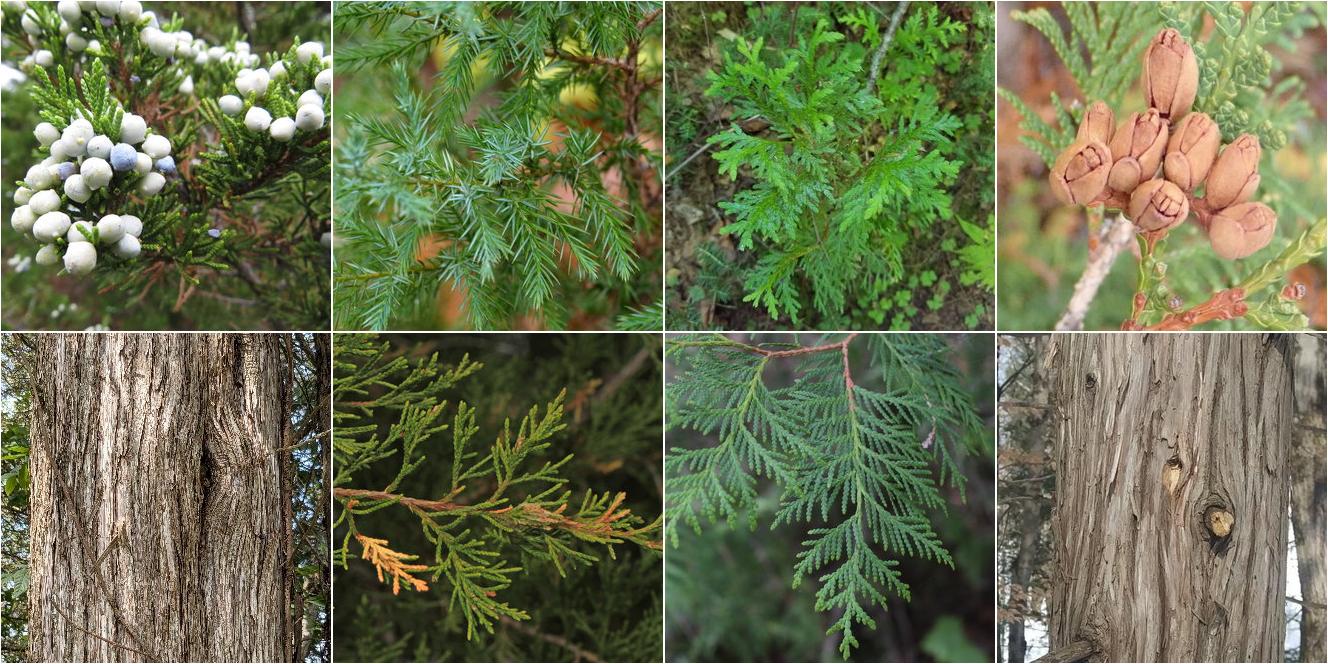
Oak Vs Cedar Trees My XXX Hot Girl
Eastern White Cedar is a slender growing conifer often used as a decorative tree or a hedge. This tree is an effective privacy screen even in winter and a great long term solution to urban crowding or a drab yard. Emerald Cedar makes a great addition to landscapes, and is often used to form tight hedges or privacy screens.

Pyramid Cedar Vs Emerald Cedar ubicaciondepersonas.cdmx.gob.mx
Ensure Proper Spacing. With proper care, these trees grow at a rate of 8-12 inches per year. For proper Emerald Green Cedar spacing for privacy hedges, use 18-24 inch between plants. For focal points, plant Emerald Cedars a minimum of 4 feet away from a wood fence, other trees, or barriers.

A Guide to Cedar Hedge Planting Eastern White Cedar vs. Emerald Cedar Trees Greenhouse to Garden
Either would work well as a hedge, although the ultimate height of each cedar may be a major consideration for you. Here are some differences: Height: Black grows to 4.6-6 metres (15-20 feet); White to 6-12 metres (20-40 feet) Spread: Black - thinner/narrower. Colour: Black - darker green foliage (even through winter) than white.
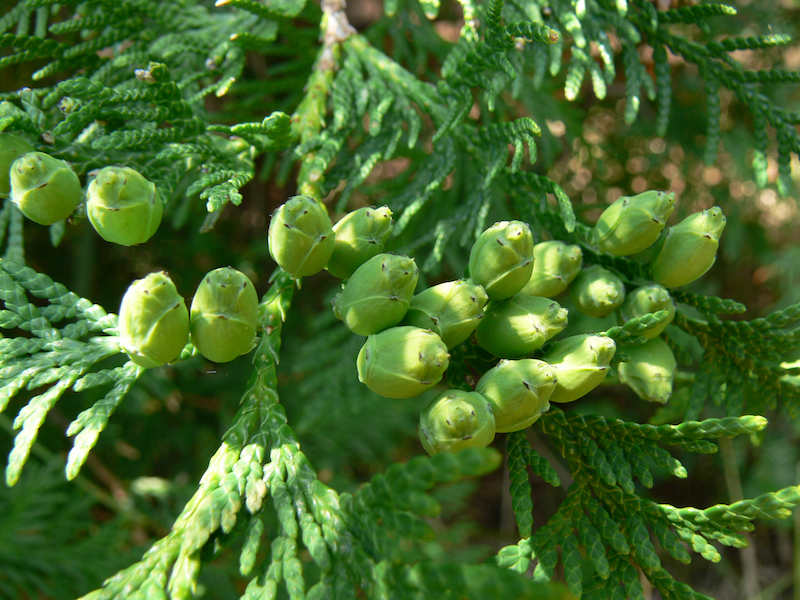
Tree of the Month Eastern White Cedar ReForest London
Young specimens are often hard to distinguish from White cedars as they can have the same general appearance. The distinction becomes more apparent as the trees mature. Emerald Cedar. The Emerald Cedar is dense, narrow upright tree with a columnar growth habit. The tendency is to be multi stemmed. The foliage is a fine, and arranged in vertical.
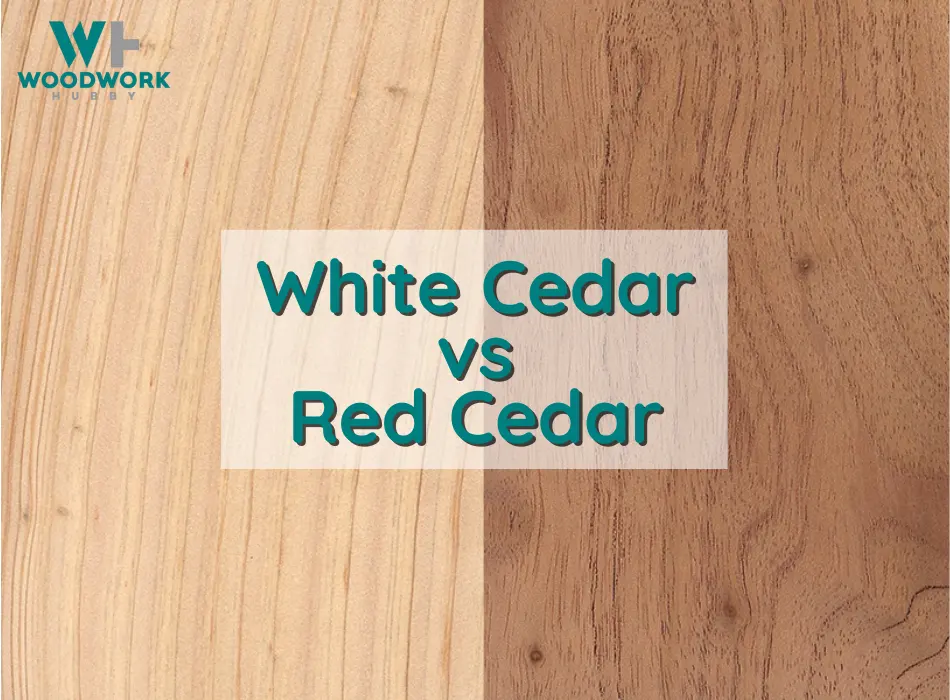
White Cedar vs Red Cedar (The Differences You Need To Know)
Hedging. When considering how to plant an Emerald Cedar hedge, first think about how tall your privacy screen will be. For a shorter hedge, space your trees 2 to 3 feet apart. For a screen over 8 feet tall, separate them by 4 to 6 feet. Remember, it will take time for your trees to fill the space you provide.

Princeton Tree Care
Now that you've selected the perfect spot and determined the quantity needed, it's time to plant your emerald cedars correctly. Follow these steps for a successful planting process: Dig the Hole: Dig a hole wider than the root ball and to the depth of the root ball. The top of the root ball should be level with the top of the ground.
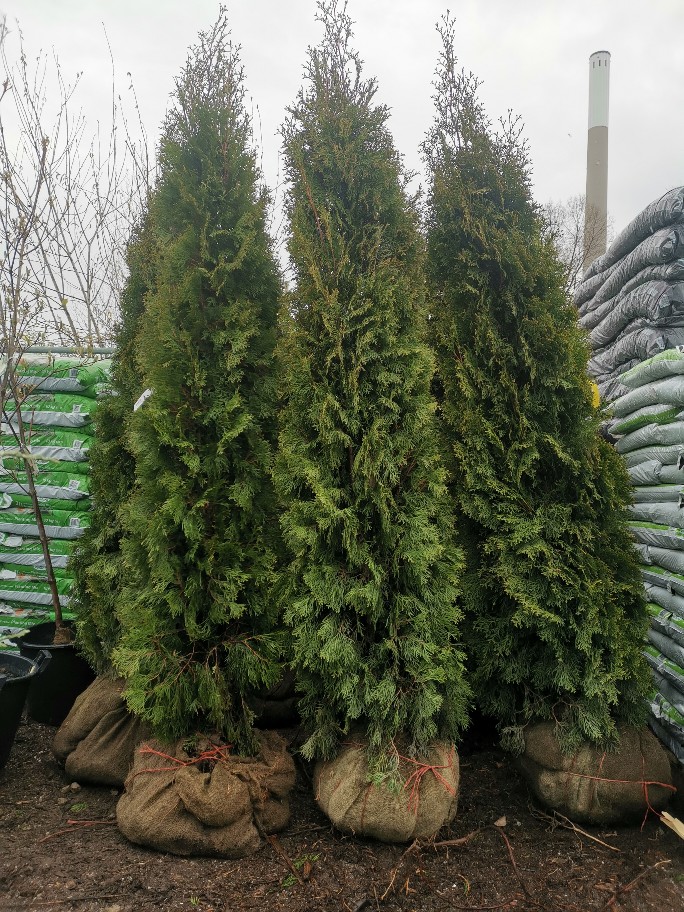
Emerald Cedar 6' Beech Nursery Toronto
Color Difference. White cedar is a slightly lighter green than black cedar's darker and denser shade of emerald green. The bark of the black cedar is a dark red-brown, whereas the white cedar's bark is a lighter shade of brown. The color variation is overall negligible, so choice simply depends on which cedar works best with your desired.
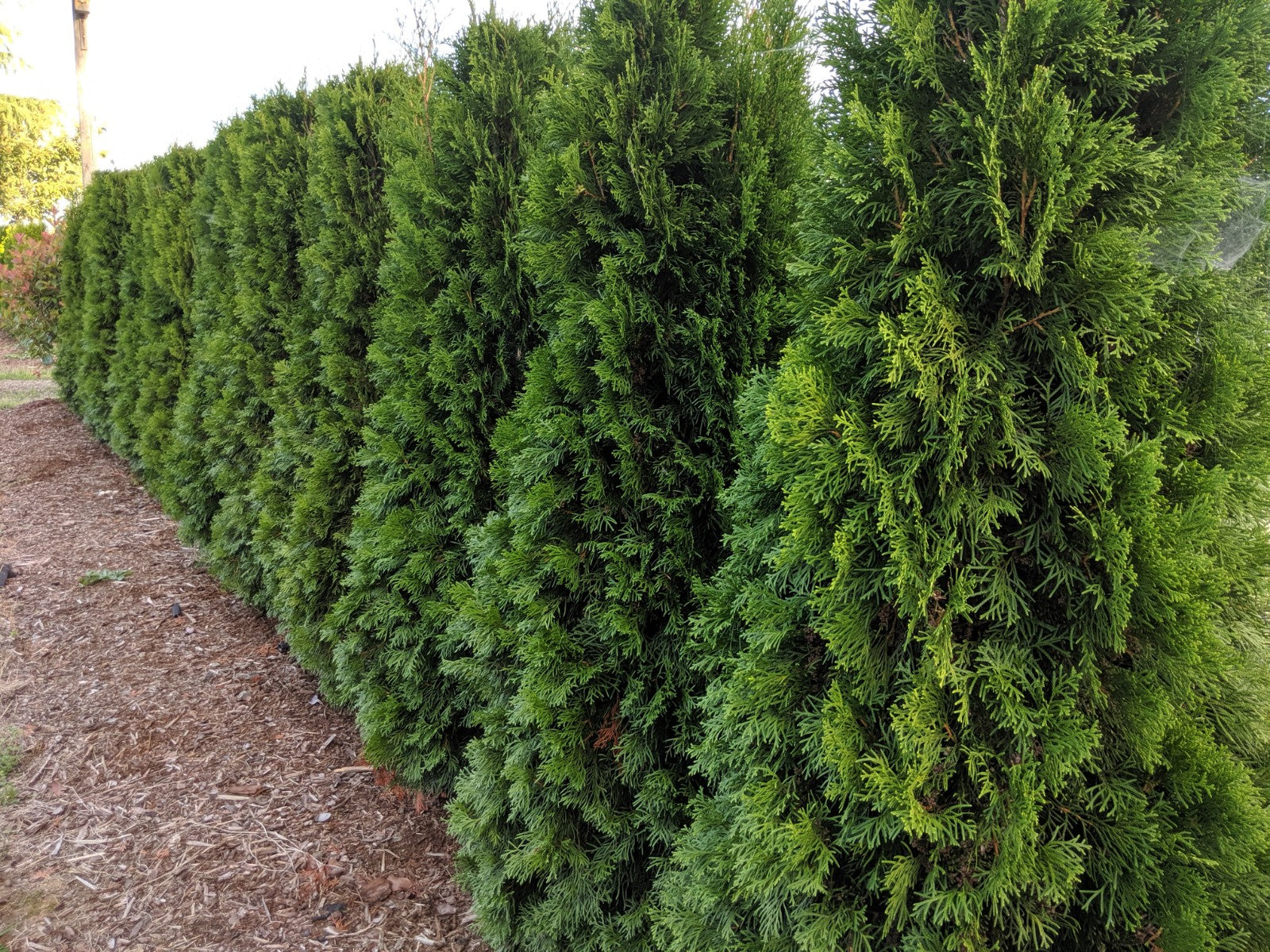
Emerald Cedar for hedges
The Excelsa Cedar is a native of the Western Red Cedar family. This striking variety is famous for its dark green foliage and tall physique. Excelsa Cedars can reach heights of over 30 feet and can grow as wide as 10 to 15 feet. This hardy tree also makes ideal windbreakers because of its robust stature. Buy Excelsa Cedar Online.

The Saskatoon Credit Onion "Emerald", My Butt Emerald vs. Brandon Cedars
Northern White Cedar is a coniferous tree native to Eastern and Northern North America. Scientifically known as Thuja occidentalis, this evergreen tree will grow 40-60′ tall at maturity in full sun and moist to medium-moist soil. Valuable to wildlife, this tree feeds birds, white-tail deer, squirrel, porcupine, and caterpillars of several moths.

Thuja occidentalis (American Arborvitae, Eastern WhiteCedar, Northern WhiteCedar) North
Height: 20 to 40 ft. Width: 10 to 15 ft. Common characteristics: The northern white cedar is a shrub to small tree, heights can reach 20' to 40' tall and 10' to 15' wide. Its t runk is often twisted, strongly tapered, and frequently divided into two or more direct stems. Its branches are short and nearly horizontal which sometimes forms almost.

Everything you need to know about a cedar tree. Its types with pictures, what does it look like
Typically, cedar trees grow quite large, with some varieties reaching up to 50 feet or more. They have a distinctive, broad pyramidal shape that spreads wide as the tree matures. The foliage color of Cedar can range between a dull blue to dark green, while some varieties sport bright yellow or gold needles.

Eastern White Cedar vs. Western Red Cedar Cedar Roof Coatings
Identification of the Northern White Cedar. The "leaf" (if you can call it a leaf) is actually evergreen and scale-like off main shoot sprays. They are 1/4 inch long with long points. Lateral.
- Private Property No Trespassing Sign
- Ender Dragon Minecraft Coloring Pages
- Apartments For Rent In Fort Mcmurray Alberta
- Dawn Of The Dragon Ch 43
- In The Castle The Dragons Erotic Education
- Glorious Model O Pro Golden Panda
- Trailers In Trailer Parks For Sale Ontario
- Micromaster 420 Manuel Français Pdf
- Used Class C Motorhomes For Sale Ontario
- Le Renard Et La Chouette